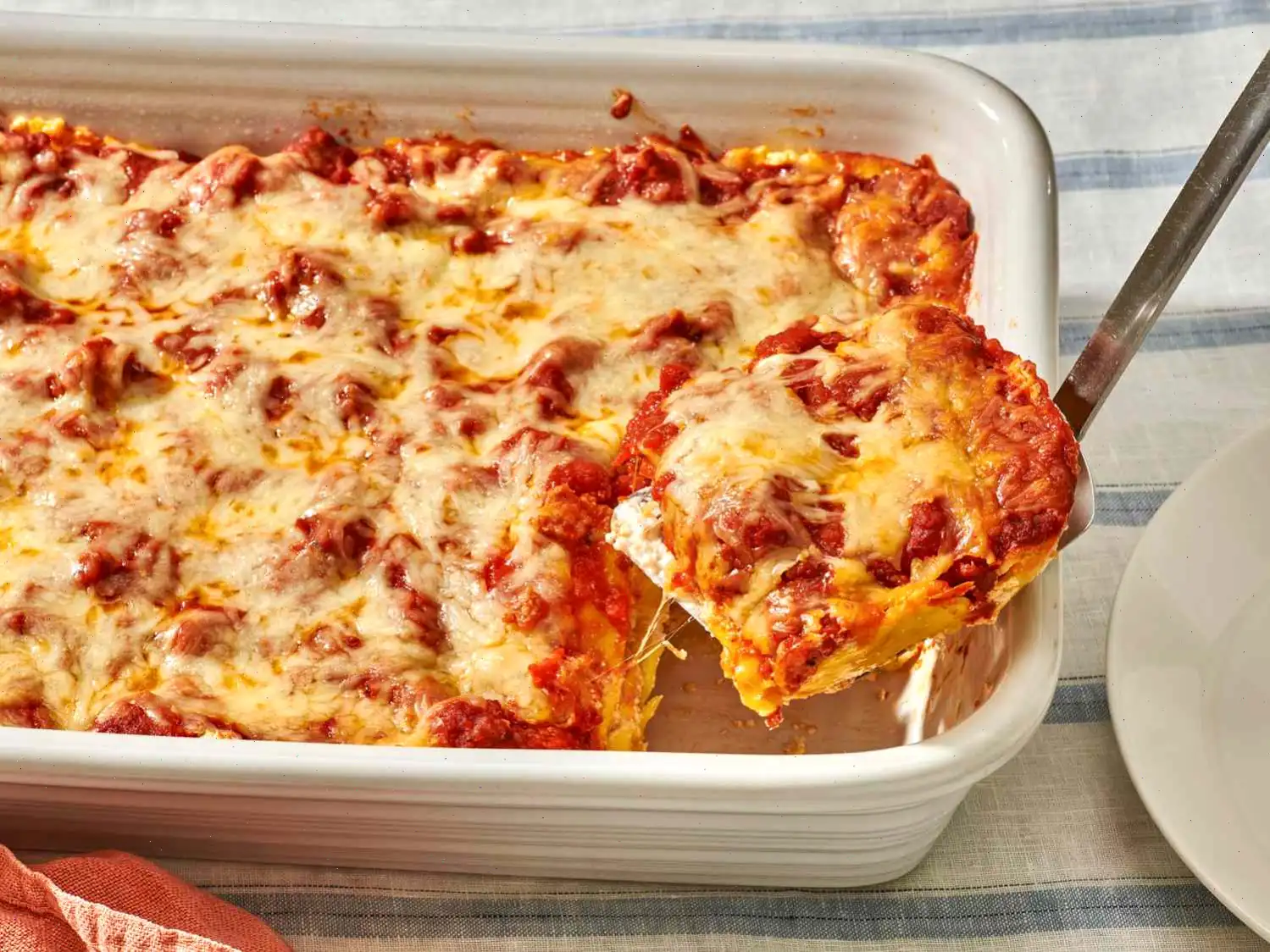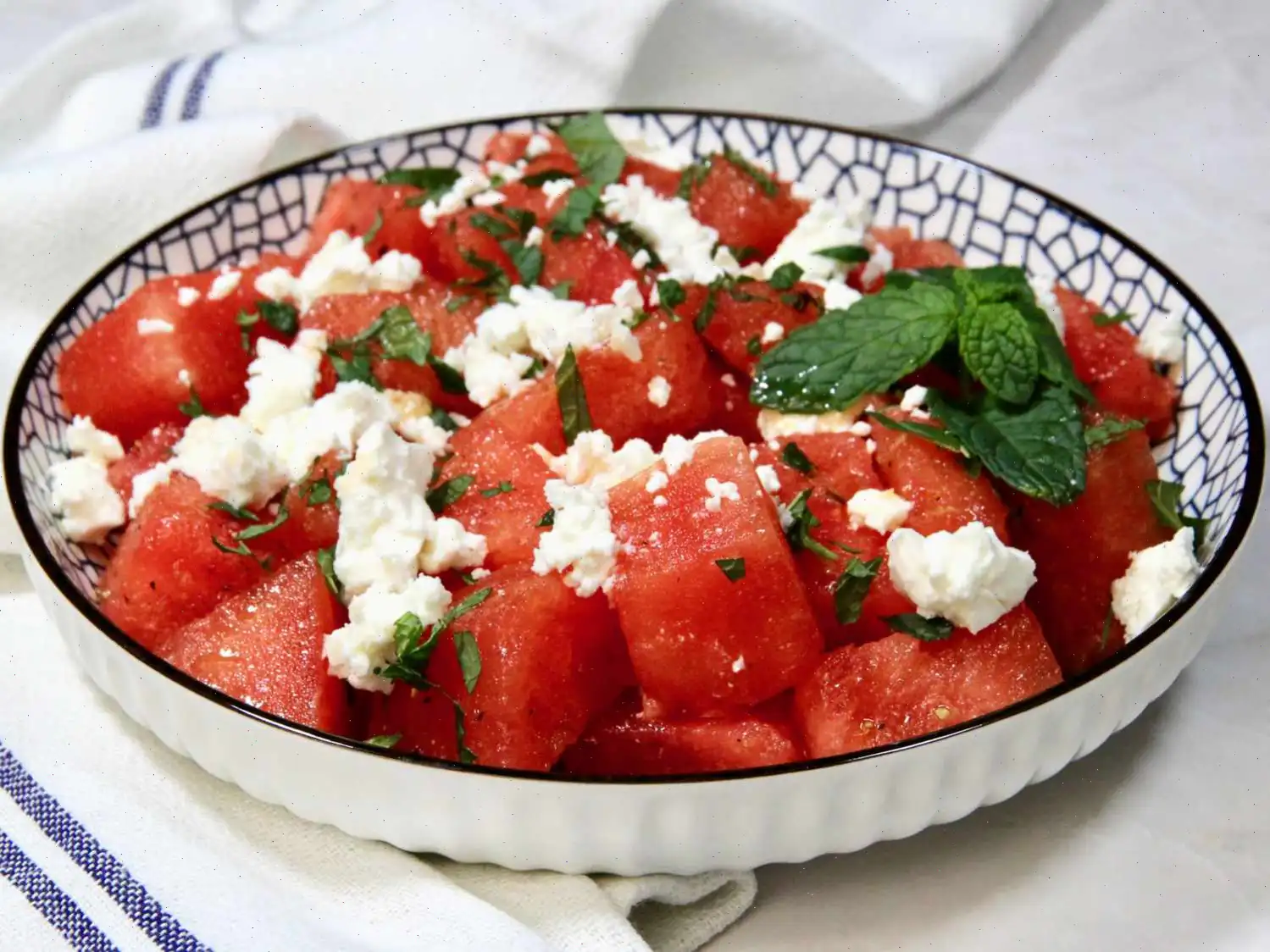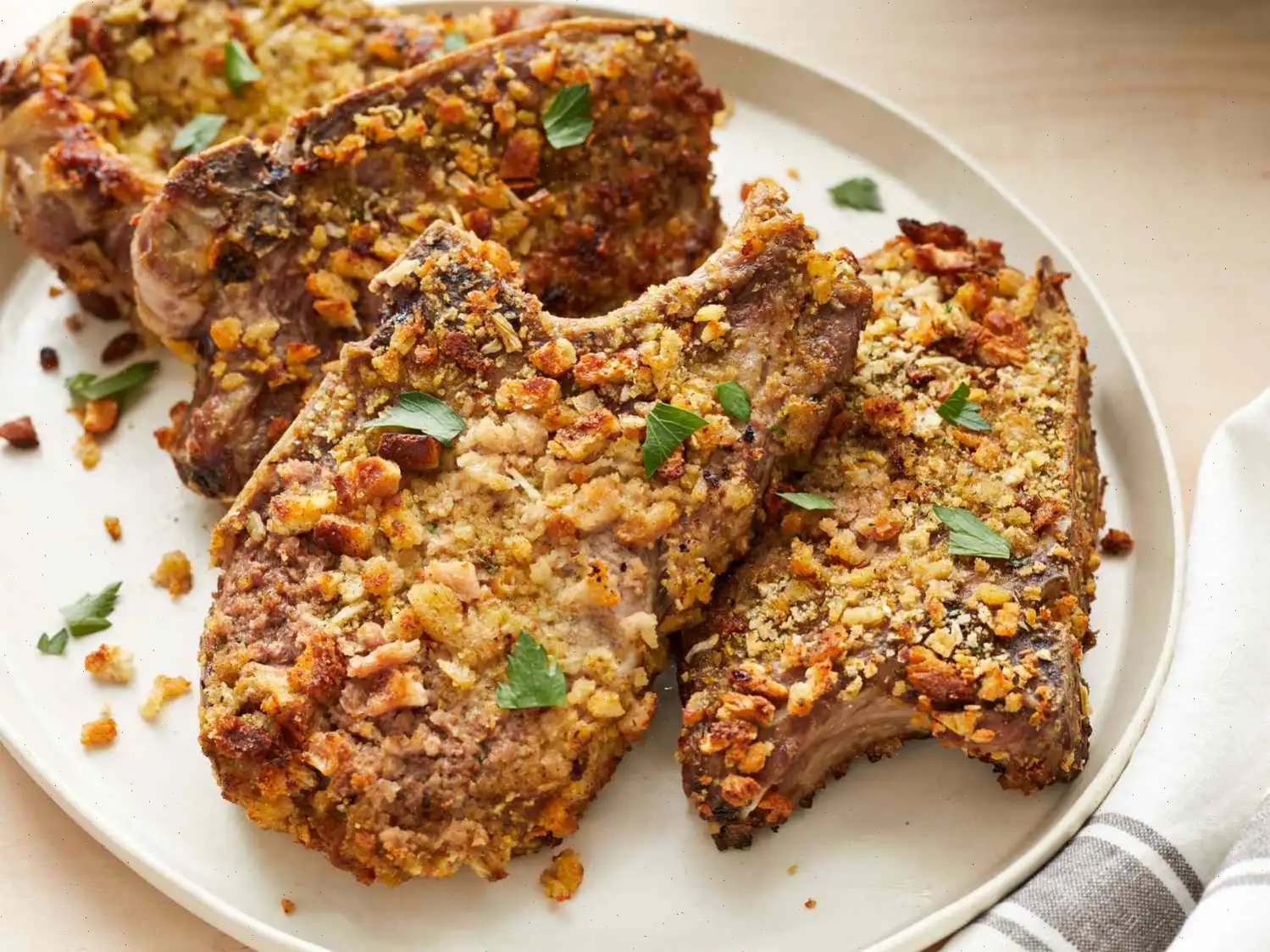
Chicken and Sausage Jambalaya Recipe
Ingredients
This recipe yields 6 generous servings. Quantities can be adjusted proportionally, but cooking times and steps remain the same. Not all recipes scale perfectly, so keep an eye on textures and seasoning.
- 2 tablespoons canola oil
- Salt and freshly ground black pepper, to taste
- 3 skin-on, bone-in chicken thighs
- 1 (14.5 ounce) can whole peeled tomatoes
- 4 cups chicken stock, or as needed
- 2 ribs celery, diced
- 1 large yellow onion, diced
- 1 green bell pepper, cored, seeded, and diced
- 2 teaspoons cayenne pepper
- 2 bay leaves
- 4 garlic cloves, minced
- 2 cups chopped tasso or ham steak
- 1 pound andouille sausage, sliced 1/4-inch thick
- 2 cups long grain rice
- 1 bunch scallions, thinly sliced
Directions
- Preheat your oven to 325F (165C).
- In a large Dutch oven over medium heat, warm the canola oil. Season the chicken thighs generously with salt and pepper, then sear them until golden brown on both sides, about 5 minutes per side. Remove chicken from the pot and set aside.
- Open the canned tomatoes and strain the juice into a 4-cup measuring cup. Add chicken stock to make a total of 4 cups of liquid, then set aside. Roughly chop the tomatoes.
- Add the diced celery, onion, and bell pepper (the trinity ), chopped tomatoes, cayenne, bay leaves, and minced garlic to the Dutch oven. Stir over medium heat until well combined.
- Return the chicken to the pot and add the tasso, andouille, rice, and prepared stock mixture. Bring everything to a gentle simmer.
- Cover the pot and transfer it to the preheated oven. Bake for 30 minutes, then remove from the oven and let the jambalaya steam for an additional 5 minutes.
- Garnish with sliced scallions and a few dashes of hot sauce before serving.
Nutrition Facts (per serving)
- Calories: 623
- Total Fat: 40g (52% DV)
- Saturated Fat: 12g (58% DV)
- Cholesterol: 164mg (55% DV)
- Sodium: 1166mg (51% DV)
- Total Carbohydrate: 29g (10% DV)
- Dietary Fiber: 2g (8% DV)
- Total Sugars: 6g
- Protein: 37g (74% DV)
- Vitamin C: 38mg (43% DV)
- Calcium: 66mg (5% DV)
- Iron: 3mg (14% DV)
- Potassium: 1014mg (22% DV)
Percent Daily Values are based on a 2,000-calorie diet. Individual needs may vary. Nutrient information is based on available data and may not cover all ingredients. For medically restrictive diets, consult a healthcare professional.
The Rich History of Chicken and Sausage Jambalaya
Chicken and sausage jambalaya is a quintessential dish of Louisiana, with roots tracing back to the 18th century when French settlers adapted Spanish paella recipes to local ingredients. Originally, jambalaya was a resourceful way to combine available meats, vegetables, and rice into a single, flavorful meal. Over time, it became an emblem of Creole and Cajun cuisine, reflecting a fusion of French, Spanish, African, and Caribbean culinary traditions.
Regional Variations and Characteristics
Jambalaya varies significantly depending on its region of origin within Louisiana. Creole jambalaya, often called "red jambalaya," includes tomatoes, which give it a rich, tangy flavor, while Cajun jambalaya typically omits tomatoes and relies on a darker roux and smoked meats for depth. The dish can feature a variety of proteins, but chicken and andouille sausage remain classic staples. The "holy trinity" of celery, bell pepper, and onion forms the aromatic base that defines its regional identity.
Distinctive Features Compared to Similar Dishes
While jambalaya is sometimes compared to paella or gumbo, it has distinct characteristics. Unlike paella, jambalaya cooks the rice directly with the meats and vegetables, allowing it to absorb all flavors in one pot. Compared to gumbo, which is typically served with a thinner, soup-like consistency, jambalaya is more of a hearty, cohesive rice dish. Its spice profileoften featuring cayenne, paprika, and Creole seasoningalso sets it apart from other rice-based dishes.
Common Serving Occasions
Chicken and sausage jambalaya is a versatile dish often served at family gatherings, Mardi Gras celebrations, and community events. It is typically enjoyed as a main course, accompanied by simple sides like cornbread or green salad. Many Louisiana homes and restaurants proudly serve it as comfort food that embodies the local culture and hospitality.
Interesting Facts About Jambalaya
- The word jambalaya likely derives from the Provenal word jambalaia, meaning a mixture or medley, reflecting its diverse ingredients.
- In traditional recipes, the choice of sausage can dramatically alter flavor; andouille adds a smoky, spicy note, while tasso ham provides rich, cured flavor.
- Despite its complex flavor, jambalaya is considered a practical one-pot meal, allowing cooks to feed large groups with minimal cleanup.
- Louisiana hosts annual jambalaya cook-offs, celebrating the dishs cultural significance and encouraging creative interpretations of the classic recipe.
- The dish has inspired variations worldwide, adapting to local ingredients while preserving its signature method of cooking rice with meats and vegetables.
Chicken and sausage jambalaya is more than just a mealit is a cultural symbol, a testament to Louisianas culinary history, and a delicious example of how diverse influences can create something truly iconic.
You can listen to this recipe in AI audio format. Simply click the play button below to listen to the content in a format that suits you best. It’s a great way to absorb information on the go!
FAQ about Chicken and Sausage Jambalaya Recipe
Comments
Lisa Rodriguez
05/18/2023 08:50:48 PM
This dish was enjoyable. I omitted celery and bell pepper based on my personal taste, and it turned out quite flavorful. I found that I needed to cook it for an additional 20 minutes for the rice to be fully cooked. Apart from that, everything went smoothly.
Carolyn Brown
02/19/2024 03:05:13 AM
I highly recommend watching the accompanying video for this recipe. There are a few subtle differences in the preparation that I believe enhance the final dish. While the written instructions suggest seasoning the chicken with salt and pepper, the video uses Tony Cachere's Creole seasoning, adding an extra depth of flavor. Additionally, the video includes (smoked?) paprika among the spices, a detail not specified in the written recipe. One key point that tripped me up during cooking was realizing the recipe calls for uncooked rice. I mistakenly used cooked rice initially, but I managed to adjust by reducing the chicken stock by half. The overall result was quite tasty, with a notable level of heat that I found enjoyable (though not excessively so). If cooking for someone averse to spiciness, I recommend halving the amount of cayenne pepper, but not reducing it further. This is, after all, a Creole dish and a touch of heat is essential for authenticity.
Debra Rivera
02/09/2024 08:41:48 AM
Wonderful taste! I had to reduce the amount of cayenne pepper by half because it was too spicy for my family. I also added an extra 1/4 cup of liquid because the rice was slightly undercooked using the recommended cooking time.
Maria Edwards
12/27/2023 03:08:29 PM
"The Impact of Motivation in the Culinary Realm"
Patrick Baker
03/09/2025 07:58:27 PM
I had never tried making Jambalaya before, but this recipe was simple to follow and the outcome was absolutely delicious.








